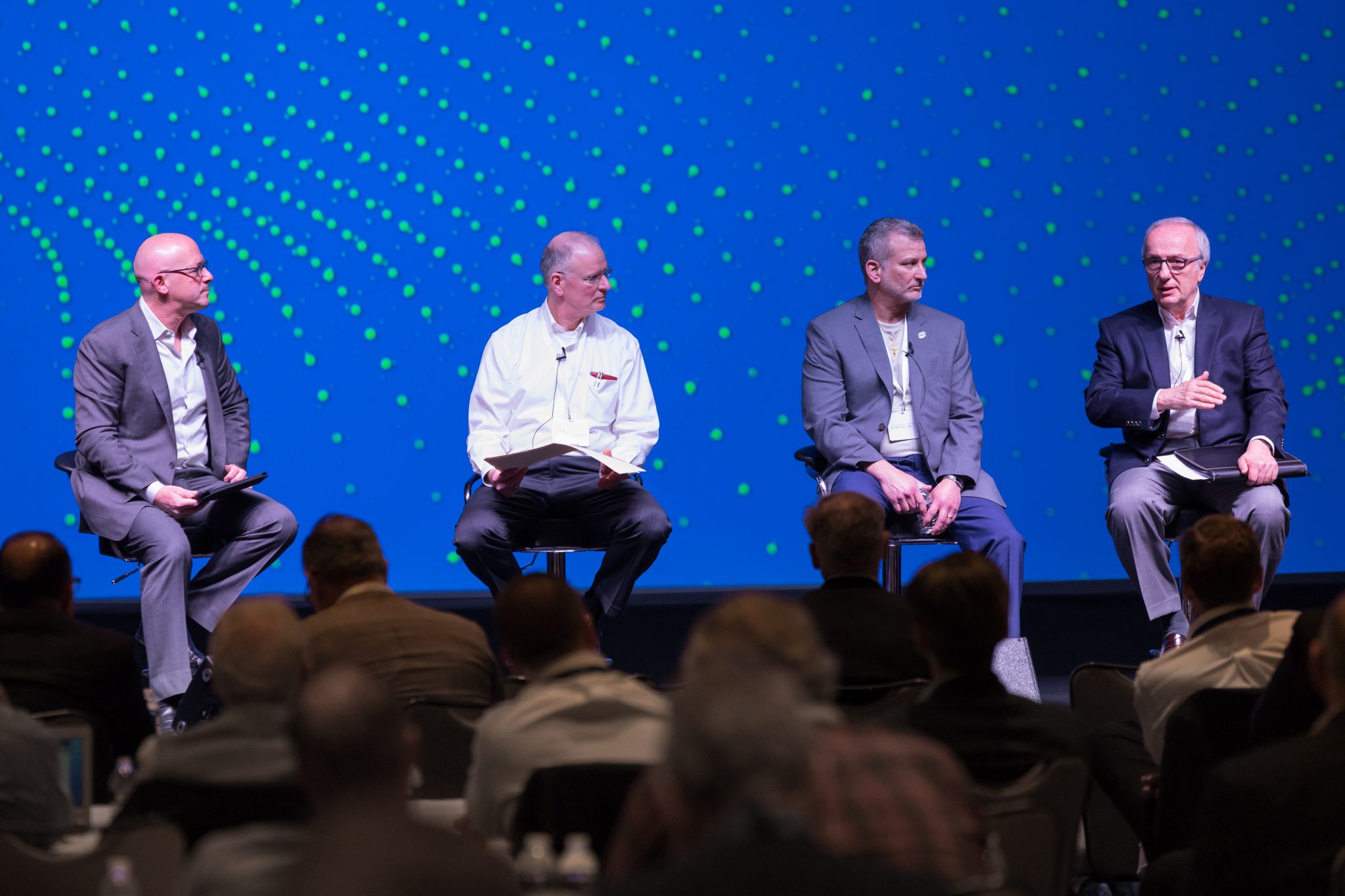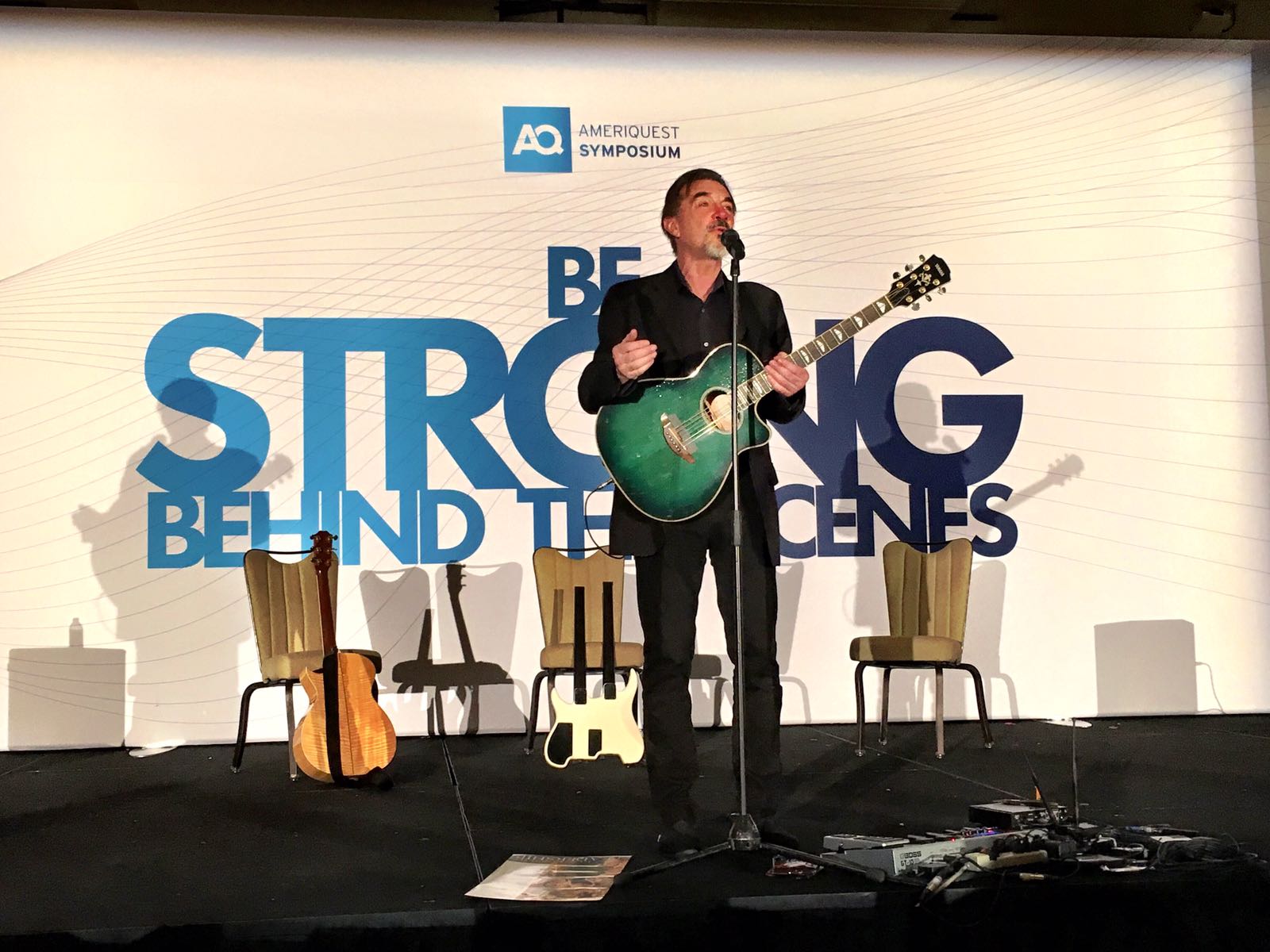Consider this: 70% of the companies formed in the last 10 years that were once listed on Fortune magazine’s Top 1000 are no longer in business. They fell victim to change from connectivity, new solutions, digital disruption, and more. The fact is, all businesses are susceptible to being defeated by change unless they become agile. Business agility is the ability to respond to changes in the business environment and leverage change to gain a competitive advantage.
At the recent Corcentric Symposium, three business leaders from the procurement and finance side, shared their secrets for remaining agile in a rapidly changing business environment.
Tom Englehart, Project Manager of Applied Industrial Technologies, says people fail to realize “the total transformation that change can bring. They only see their piece of the puzzle. The challenge for the executive team is to buy into the change and get a champion in the field.”
Rick Urso, President of Meineke Dealers Purchasing Cooperative, Inc., says agility is about story telling to make sure everyone understands the reasons for the change.
Both Urso and Joe Evangelist, Executive Vice President of Transervice Logistics, say financial incentives help drive acceptance of change. “We can’t make members buy from our vendor partners,” Urso says, “but we can incent them to do so.” Evangelist ties the success of new processes and procedures to employee compensation so they can act accordingly. He says he over explains everything to his employees when faced with change. “People need to understand the outcomes,” he says.
Panelists also talked about the need for the entire organization to work closely with the procurement department in order to be more agile. Englehart explained that Applied Industrial Technologies works hand-in-hand with procurement in order to get better throughput of vendor invoices, which improves operational efficiency.
Corcentric helps businesses be more agile, and one of the things the panelists focused on was the business rules that have to be followed before an invoice can be put through their system. “If you have a bad invoice, you want to reject it ASAP,” Englehart said. Invoices that fail to comply with the established business rules are bounced back to be corrected by the vendor. This eliminates the need for internal resources to spend time resolving problems with invoices.
Leveraging data is another way to stay agile. “Our current accounts payable department is one third the size it used to be now that 90% of our customers are using EDI. While we took too long to get there, we have been able to translate the improved efficiency into cost savings,” Evangelist says.
His advice to other business leaders who want to become more agile “is to outline the business rules, assign a key manager and champion but also to stick close to what is going on.”
He reminded Symposium attendees, “You can always improve and make yourself more agile than you currently are. You need good data to manage and millennials are data junkies. Just tell them what you want to get out of the data and they will get it for you.”
Urso says leveraging information “opens doors to bring in more efficiency, consistency and accountability.”
For Applied Industrial Technologies, leveraging data has “led to increased profits, and more agility in bringing new vendors on board.”
In order to become more agile, Englehart says business leaders need to decide which processes they should work on in-house and which need to be farmed out. “Dollars will tell you some things. But you may want to keep in-house those things where there is interaction with the customers and farm out things where a business partner can make or do something more efficiently than you can.”
The discussion concluded with a look at the future. Englehart says that in order to continue to react to change and be agile, you need to look at complementary services you can get from existing business partners. “If you have a good relationship with them there is a confidence level” that they will do a good job in another area.
Evangelist says there is a big difference between data and information. “We all talk to each other, but can we turn that into something actionable?”
It’s likely that the rapid pace of change will not slow down and business leaders will be faced with all sorts of new market disruptors. Those who remain agile will come out ahead and be around for whatever the future brings.





